Principles of Economics, 7th Edition
豆瓣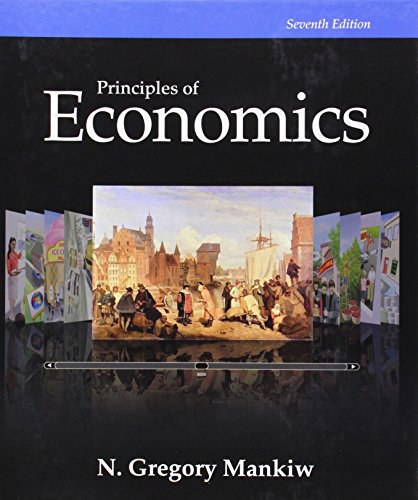
N. Gregory Mankiw
简介
PRINCIPLES OF ECONOMICS, Seventh Edition, continues to be the most popular and widely-used text in the economics classroom. Instructors find it the perfect complement to their teaching. A text by a superb writer and economist that stresses the most important concepts without overwhelming students with an excess of detail was a formula that was quickly imitated, but has yet to be matched. The seventh edition features dozens of new applications that emphasize the real-world relevance of economics for today's students through interesting news articles, realistic case studies, and engaging problems. A thorough update has been made to keep all chapters fresh and relevant with current Economic coverage. A new Quick Check Multiple Choice section has been included to round out the end-of-chapter offering. Intended as a deeper dive into the material than the existing Questions for Review, these Quick Check Multiple Choice Questions and Problems and Applications will be directly lifted into the Mankiw Aplia product. Aplia, the best-selling online homework solution, will be available with new enhancements that include accessibility on mobile devices, improved graphing experience, a new interactive ereader with videos and graphing tutorials, and much more. The seventh edition premier ancillary package is the most extensive in the industry, using a team of instructors/preparers that have been with the project since the first edition. "I have tried to put myself in the position of someone seeing economics for the first time. My goal is to emphasize the material that students should and do find interesting about the study of the economy."--N. Gregory Mankiw.
contents
Part I: INTRODUCTION.
1. Ten Principles of Economics.
2. Thinking Like an Economist.
3. Interdependence and the Gains from Trade.
Part II: HOW MARKETS WORK.
4. The Market Forces of Supply and Demand.
5. Elasticity and Its Application.
6. Supply, Demand, and Government Policies.
Part III: MARKETS AND WELFARE.
7. Consumers, Producers, and the Efficiency of Markets.
8. Applications: The Costs of Taxation.
9. Application: International Trade.
Part IV: THE ECONOMICS OF THE PUBLIC SECTOR.
10. Externalities.
11. Public Goods and Common Resources.
12. The Design of the Tax System.
Part V: FIRM BEHAVIOR AND THE ORGANIZATION OF INDUSTRY.
13. The Costs of Production.
14. Firms in Competitive Markets.
15. Monopoly.
16. Monopolistic Competition.
17. Oligopoly.
Part VI: THE ECONOMICS OF THE LABOR MARKET.
18. The Markets for the Factors of Production.
19. Earnings and Discrimination.
20. Income Inequality and Poverty.
Part VII: TOPICS FOR FURTHER STUDY.
21. The Theory of Consumer Choice.
22. Frontiers in Microeconomics.
Part VIII: THE DATA OF MACROECONOMICS.
23. Measuring a Nation's Income.
24. Measuring the Cost of Living.
Part IX: THE REAL ECONOMY IN THE LONG RUN.
25. Production and Growth.
26. Saving, Investment, and the Financial System.
27. Tools of Finance.
28. Unemployment and Its Natural Rate.
Part X: MONEY AND PRICES IN THE LONG RUN.
29. The Monetary System.
30. Money Growth and Inflation.
Part XI: THE MACROECONOMICS OF OPEN ECONOMICS.
31. Open-Economy Macroeconomics: Basic Concepts.
32. A Macroeconomic Theory of the Open Economy.
Part XII: SHORT-RUN ECONOMIC FLUCTUATIONS.
33. Aggregate Demand and Aggregate Supply.
34. The Influence of Monetary and Fiscal Policy on Aggregate Demand.
35. The Short-Run Tradeoff between Inflation and Unemployment.
Part XIII: FINAL THOUGHTS.
36. Six Debates over Macroeconomic Policy.
其它版本
-
 Principles of Economics (9/e) Cengage Learning 2021
Principles of Economics (9/e) Cengage Learning 2021 -
 经济学原理(第8版) 北京大学出版社 2020
经济学原理(第8版) 北京大学出版社 2020 -
 经济学原理(第8版) 北京大学出版社 2020
经济学原理(第8版) 北京大学出版社 2020 -
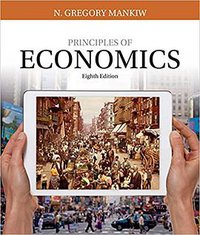 Principles of Economics 8th Edition South 2017
Principles of Economics 8th Edition South 2017 -
 经济学原理(第7版)(典藏版) 北京大学出版社 2017
经济学原理(第7版)(典藏版) 北京大学出版社 2017 -
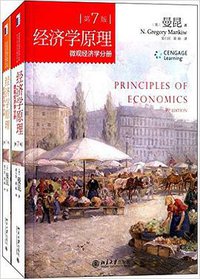 经济学原理(第7版) 北京大学出版社 2015
经济学原理(第7版) 北京大学出版社 2015 -
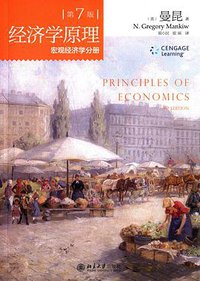 经济学原理(第7版) 北京大学出版社 2015
经济学原理(第7版) 北京大学出版社 2015 -
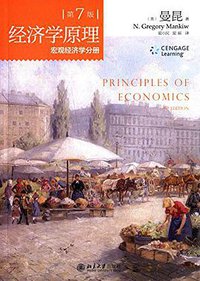 经济学原理(第7版) 北京大学出版社 2015
经济学原理(第7版) 北京大学出版社 2015 -
 经济学原理 北京大学出版社 2012
经济学原理 北京大学出版社 2012 -
 经济学原理 北京大学出版社 2012
经济学原理 北京大学出版社 2012 -
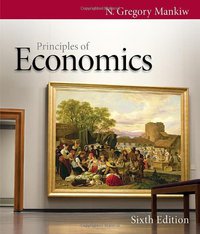 Principles of Economics South-Western; 6 edition 2011
Principles of Economics South-Western; 6 edition 2011 -
 经济学原理 北京大学出版社 2009
经济学原理 北京大学出版社 2009 -
 经济学原理 北京大学出版社 2009
经济学原理 北京大学出版社 2009 -
 Principles of Economics, International Edition South Western College 2009
Principles of Economics, International Edition South Western College 2009 -
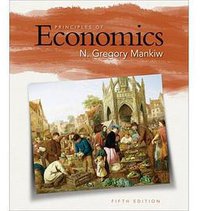 Principles of Economics South-Western College Pub 2008
Principles of Economics South-Western College Pub 2008 -
 Principles of Economics Cengage Learning Asia 2008
Principles of Economics Cengage Learning Asia 2008 -
 Grundzüge der Volkswirtschaftslehre Schäffer-Poeschel 2008
Grundzüge der Volkswirtschaftslehre Schäffer-Poeschel 2008 -
 经济学原理(第4版) 北京大学出版社 2006
经济学原理(第4版) 北京大学出版社 2006 -
 Principles of Economics South-Western Div of Thomson Learning 2006
Principles of Economics South-Western Div of Thomson Learning 2006 -
 经济学原理(第4版) 北京大学出版社 2006
经济学原理(第4版) 北京大学出版社 2006 -
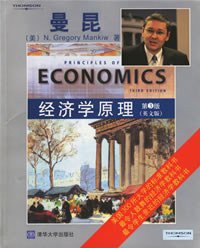 经济学原理 清华大学出版社 2006
经济学原理 清华大学出版社 2006 -
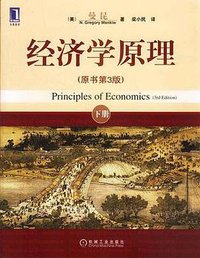 经济学原理(上下) 机械工业出版社 2003
经济学原理(上下) 机械工业出版社 2003 -
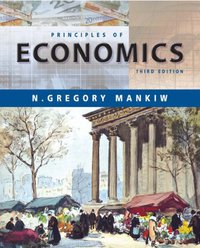 Principles of Economics South-Western College Pub 2003
Principles of Economics South-Western College Pub 2003 -
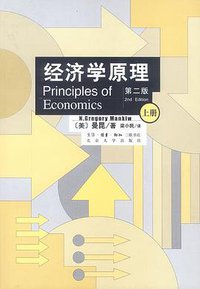 经济学原理(上下) 生活·读书·新知三联书店 北京大学出版社 2001
经济学原理(上下) 生活·读书·新知三联书店 北京大学出版社 2001 -
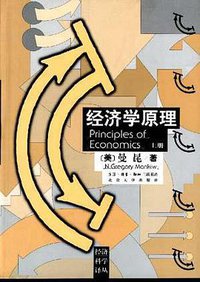 经济学原理(上) 三联书店 1999
经济学原理(上) 三联书店 1999 -
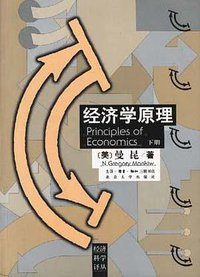 经济学原理(下) 北京大学出版社 1999
经济学原理(下) 北京大学出版社 1999 -
 经济学原理 机械工业出版社 1998
经济学原理 机械工业出版社 1998 -
 Principles of Economics Cengage Learning 1980
Principles of Economics Cengage Learning 1980